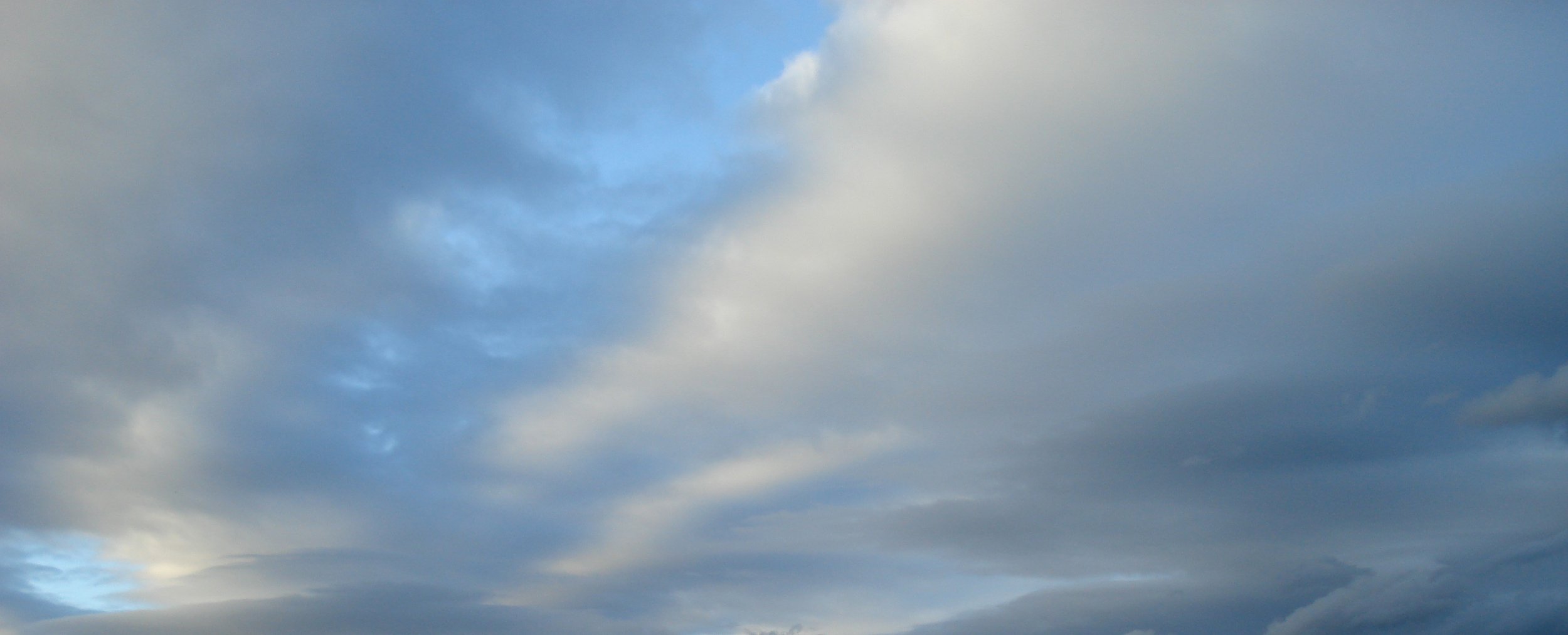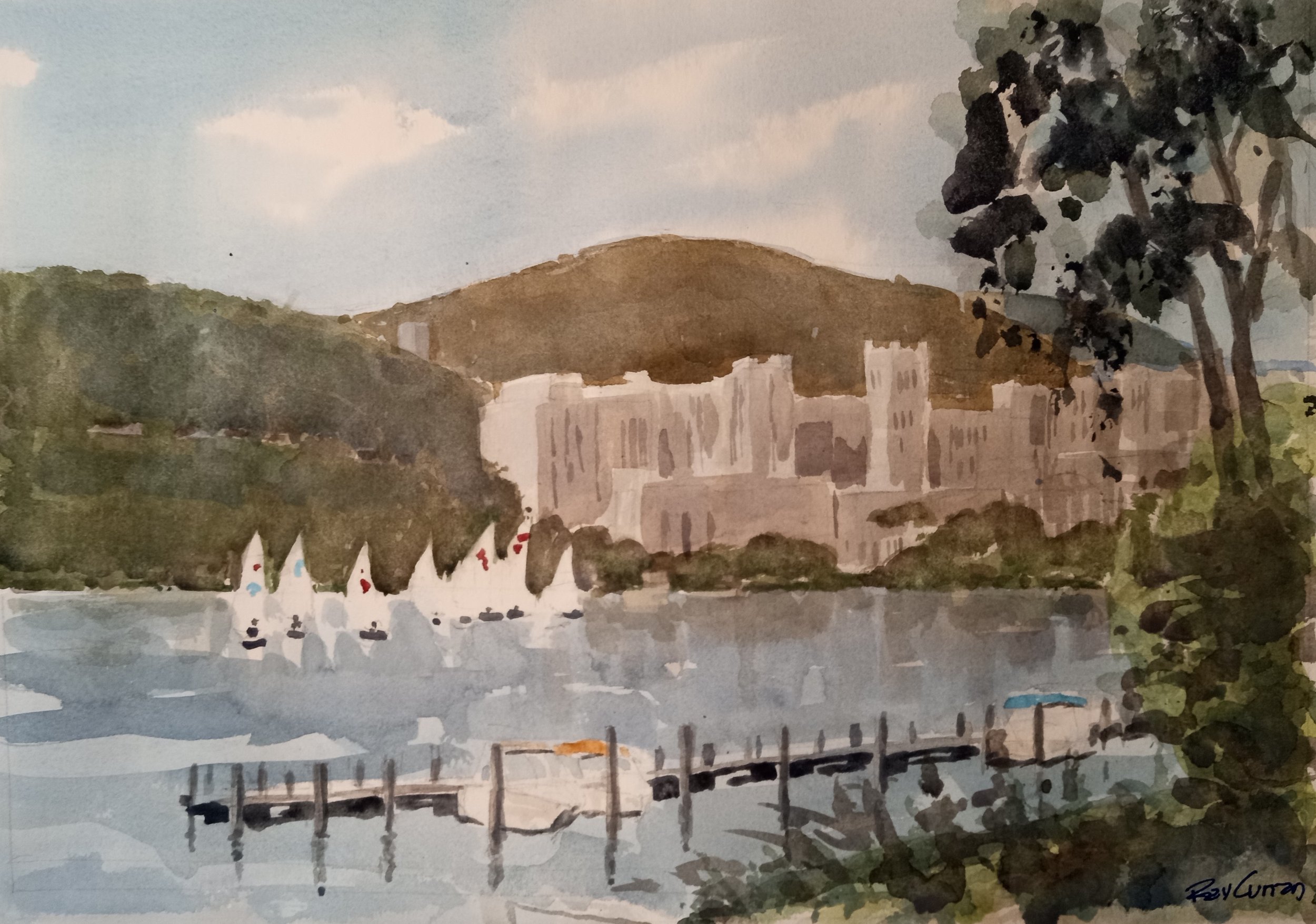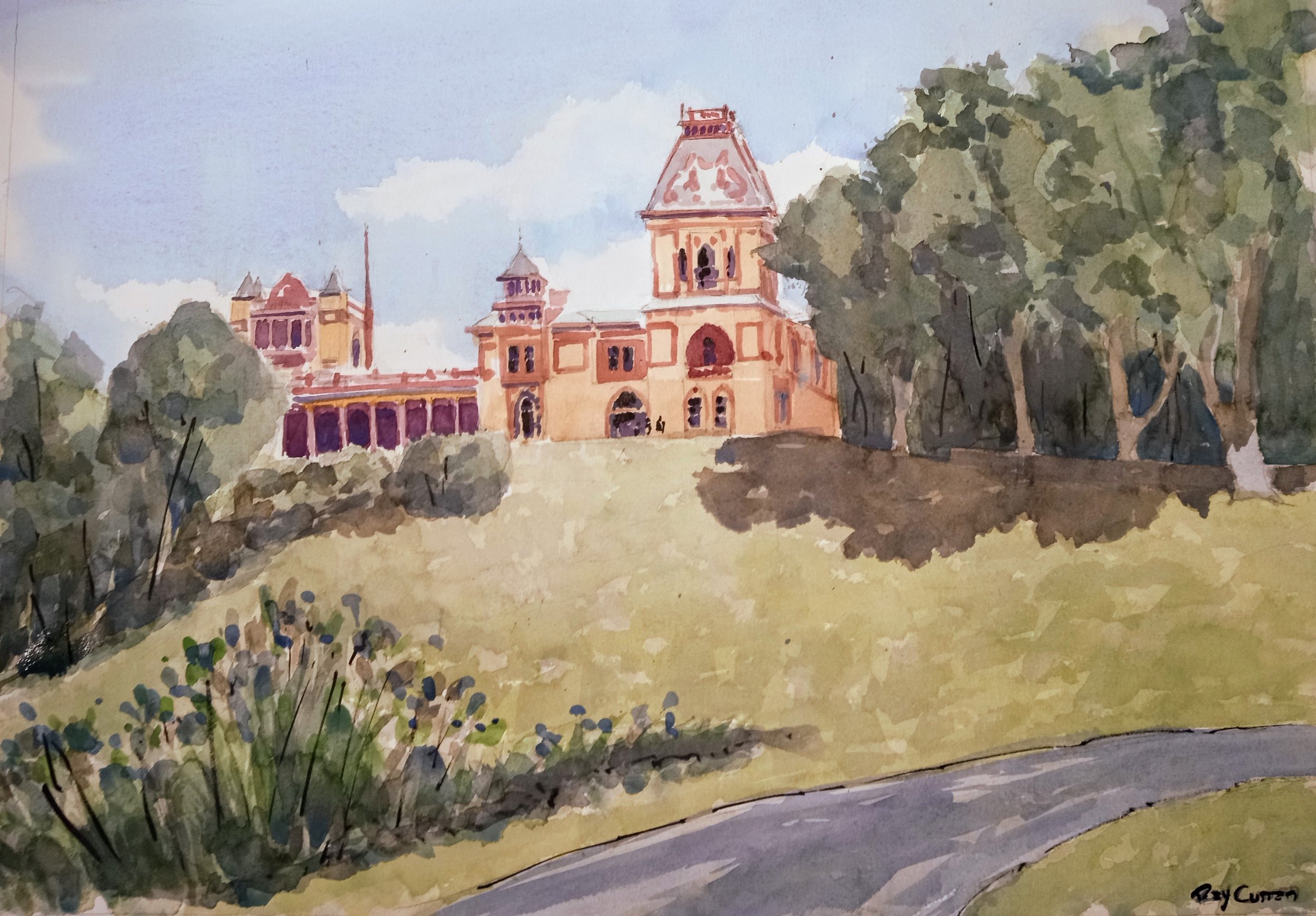
INTRODUCTION
Paintings and Text by Ray Curran
For over eight thousand years, the only players in the river’s history were the Native Americans, who arrived after the last Ice Age. In 1609 when Henry Hudson began his journey to the Far East, they inhabited the entire length of the river, in numerous semi-permanent villages. Hudson encountered many of them from three confederations, including the Lenni Lenape, the Mohicans, and the Iroquois.
Though Henry Hudson did not find a passage to the Far East, the successful purchase of beaver and other animal pelts from the Indians, led to the development of lucrative trading posts within a few years. As the influx of Europeans increased, many of the Indians succumbed to European diseases, or were otherwise displaced in a sad chapter of American history. Almost all the new settlements replaced earlier Indian villages, while occasionally retaining place names like Manhattan, Poughkeepsie and SingSing.
Having lifestyles that were fully integrated with the environment, Indians left no lasting landmarks. Over the 415 years since Hudson’s journey, a number of distinctive landmarks have been built by the newcomers, and often in places where important Indian crossings, sacred sites, forts and settlements had been. This series of paintings is focused on a selection of these landmarks along Hudson’s route, from New York Harbor to Albany. Brief texts about his daily experience, the genesis of the landmarks and some historical highlights, accompany each painting.
A HUDSON RIVER LANDMARKS JOURNEY
Click on each IMAGE for a larger view and historic text for each painting.
All paintings are in watercolor, approx. 14” x 20"and are available at $850 each
Gyclee Prints on Archival Paper at $120
DAY 1
After meeting and trading with local Native Americans in canoes, the Half Moon sailed a short distance and anchored near where the Statue of Liberty would be built over 275 years later.
DAY 2
The Half Moon sailed the length of Manhattan and anchored just north of where the most heavily travelled bridge in the world would be built some 320 years later, the George Washington Bridge.
Day3
The third day took Hudson nearly 50 miles further through the most spectacular segment of the river, the Highlands, where Revolutionary battles would later be fought.
View 7 - Philipse Manor Hall in Yonkers
View 8 - Sleepy Hollow Lighthouse
View 9 - Phillipsburg Manor in Sleepy Hollow
View 10 - Stony Point Lighthouse
View 11 - The Bear Mountain Bridge
View 12 - West Point Academy
View 13. Storm King Mountain
View 14 - Bannerman’s Castle
View 15 - The Newburg-Beacon Bridge
DAY 4
During another long day of sailing Hudson first saw the Catskill Mountains in the distance and encountered his first Mohican Indians near the future Village of Catskill.
DAY 5
The Half Moon travelled only a few miles and encountered the first shallow waters that forced them to stop at low tide. They were nearing the furthest that shipping could occur.
DAY 6 & 7
The next day they sailed to the vicinity of today’s New Baltimore where they stayed for two days and Hudson went ashore to visit a Native American village where he was feasted by a local tribe.
DAY 8
The following day took Hudson only a short distance and the farthest point the Half Moon was to travel. Here they did ship repairs and invited local Native Americans aboard to visit.
Days 9 - 11
During the following few days sailors were sent upriver in a small boat to sound the depths while Mohawk Indians of the Iroquois Confederation held a formal gathering and celebration for Hudson and his crew.
Text references:
1491……………………………..........................……………………Charles O Mann
The Hudson River …............Stephen Stanne, Roger Panetta, Brian Forest
Hudson River Valley National HeritageArea …Heritage Site Guidebook
Highlands…………………………….................…………………….Frances Dunwell
Hudson River Lighthouses…………....……………………….Hudson River Maritime Museum
The Hudson: America’s River…….................………..Frances Dunwell
Island at the Center of the World….....................Russell Shorto
The Women of the House…………..................………...Jean Zimmerman
The Half Moon………………………...................………………..Doug Hunter
The Street That Built a City………….................……..Lowell Thing
The History of the Hudson River Valley…............Vernon Benjamin
Journal of Hudson’s 1609 Voyage……..........………….Robert Juet
Hudson Valley Voyage……………………...........………………..Spiegel/Sparling
The Hudson River Watertrail Guide……….........……..Ian Giddy
The Columbia Historical Portrait of New York …..John Kouwehoven
Indian Tribes of Hudson’s River to 1700 ……………..E.M.Ruttenber
League of the Iroquois…………………................…………….Louis H Morgan
The Historic Atlas of Native Americans ………………..Dr. Ian Barnes
Henry Hudson, His Times and History ………….………..Edgar M Bacon
Native New Yorkers……………...........................………….Evan T Pritchard
Henry Hudson and the Algoquins of New York……..Evan T Pritchard
The Mohicans and Their Land 1609-1730………………..Shirley W Dunn
The Encyclopedia Brittanica
The historical notes provided in this exhibition are based on these references


























